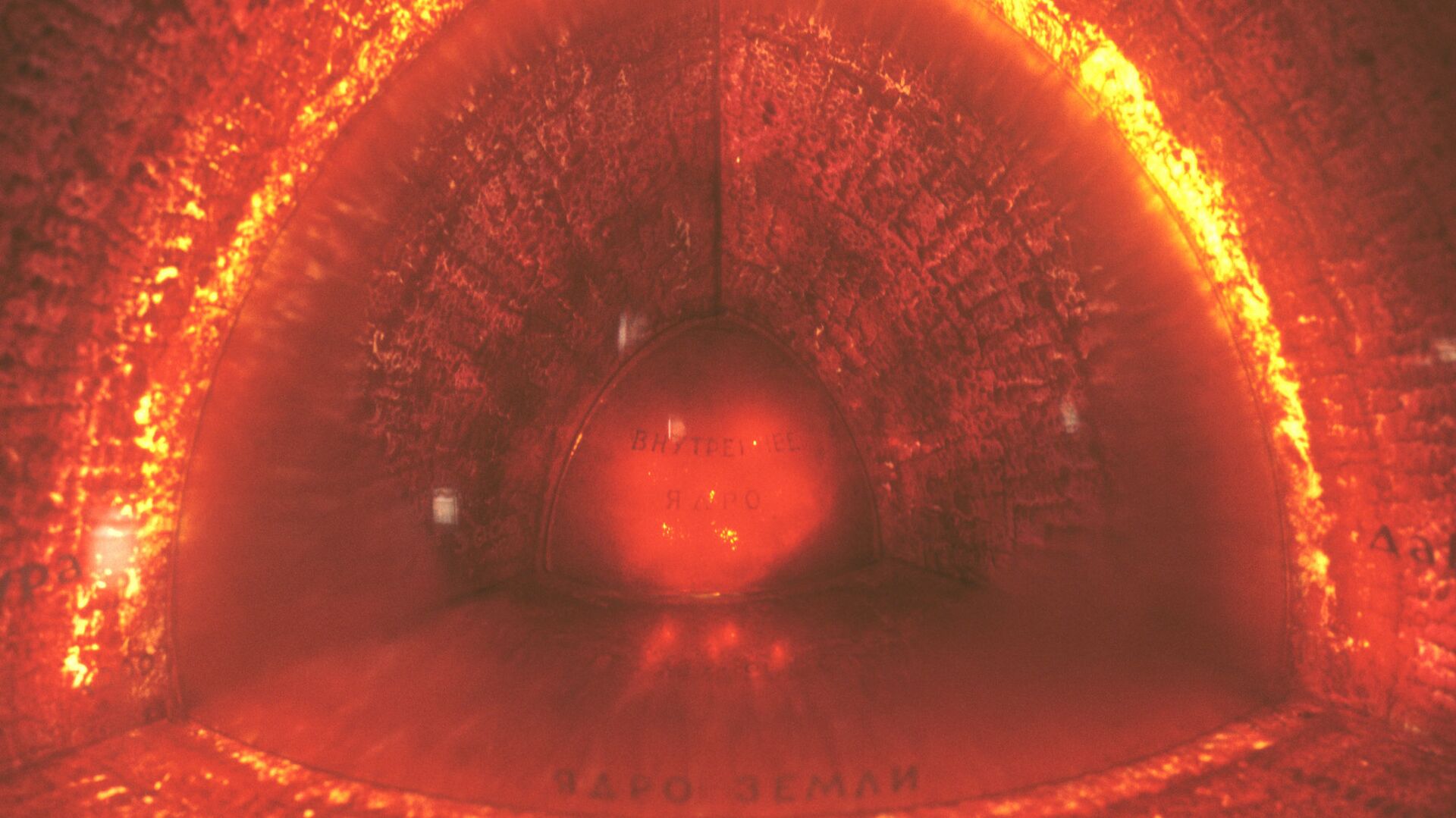Earth's Inner Core Isn't Solid After All, Claims New Study
12:25 GMT 09.10.2021 (Updated: 19:33 GMT 03.11.2022)

© Sputnik / Alexander Liskin
/ Subscribe
The inner core plays an important role in sustaining life on our planet as it powers the dynamic process that generates our Earth's magnetic field, which, in turn, protects it from many forms of harmful radiation. Despite the core's importance, not much is known about its history or when it formed.
Earth's inner core is not so solid after all, claims a pair of scientists. According to the findings of their study published recently in the journal Science Direct, because it is impossible to examine the area due to extreme temperatures and pressure both researchers relied on the data they obtained from earthquake waves.
"Illuminated by earthquakes in the crust and upper mantle, and observed by seismic observatories at Earth's surface, seismology offers the only direct way to investigate the inner core and its processes", said Rhett Butler, a geophysicist at the University of Hawai'i at Manoa's School of Ocean and Earth Science and Technology (SOEST).
As seismic waves move through Earth's layers their speed changes and may reflect of refract depending on minerals, temperature, and density of the layer.
Mr Butler and co-author of the study Seiji Tsuboi, research scientist at the Japan Agency for Marine-Earth Science and Technology, used data from seismometers directly opposite the location where an earthquake originated. To cover the whole inner core they established five pairings - Tonga–Algeria, Indonesia–Brazil and three between Chile–China – which were then assessed by a supercomputer, Japan's Earth Simulator.
A subsequent examination of the data revealed that the inner core is a heterogeneous structure.
Mr Butler and co-author of the study Seiji Tsuboi, research scientist at the Japan Agency for Marine-Earth Science and Technology, used data from seismometers directly opposite the location where an earthquake originated. To cover the whole inner core they established five pairings - Tonga–Algeria, Indonesia–Brazil and three between Chile–China – which were then assessed by a supercomputer, Japan's Earth Simulator.
A subsequent examination of the data revealed that the inner core is a heterogeneous structure.
"In stark contrast to the homogeneous, soft-iron alloys considered in all Earth models of the inner core since the 1970s, our models suggest there are adjacent regions of hard, soft and liquid or mushy iron alloys in the top 150 miles of the inner core. This puts new constraints upon the composition, thermal history, and evolution of Earth", said Rhett Butler.
Per the researchers, the discovery may offer important information about the dynamics on the boundary between the inner core and outer core, which are responsible for the generation of Earth's magnetic field. "Knowledge of this boundary condition from seismology may enable better, predictive models of the geomagnetic field which shields and protects life on our planet", said Rhett Butler.


